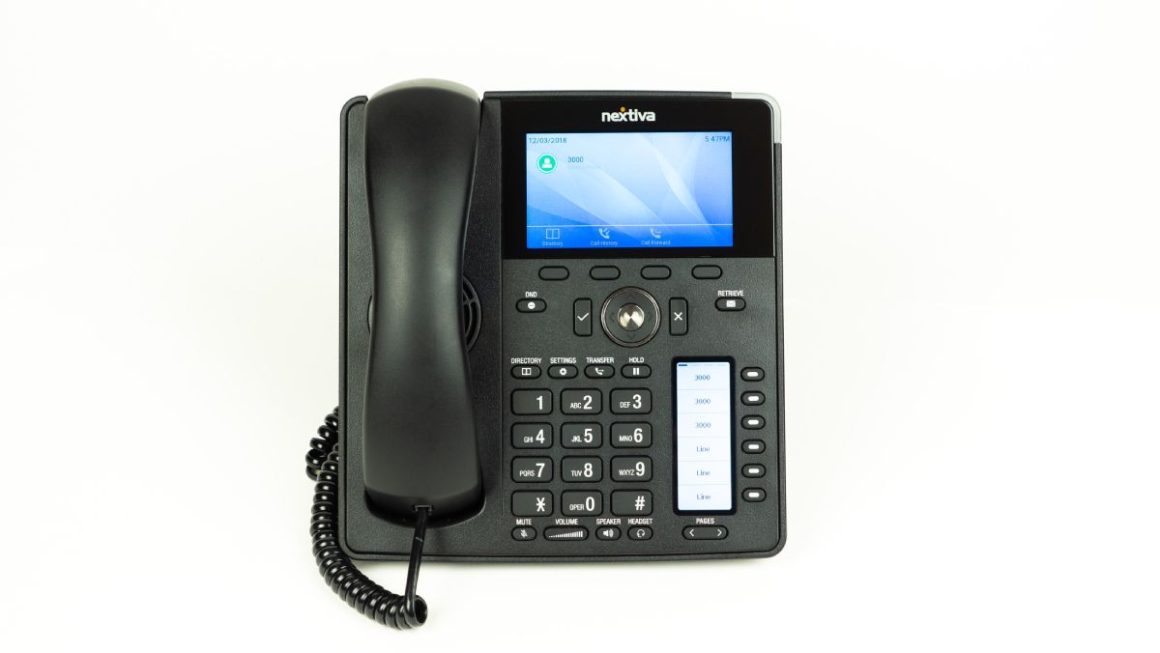Unfortunately, to this day, no. Web accessibility has to guarantee that all users can access the contents of a website under identical conditions.
In this article, I will address the limitations suffered by people with some disabilities to have correct web accessibility, and I will talk about the different measures that Parnassus is implementing to improve this aspect.
Table of Contents
How Accessible Should a Website Be?
A web interface must be usable, visual, educational, and up-to-date. The main objective of our design is not to reach the most significant number of people but to make the people who visit it feel comfortable using our interface. This is why we cannot forget about all the people who have some disability in the world and some by using VPNs like reviewsdir
Web accessibility is understood to be “the ability that people have to access a website and its contents regardless of the limitations of each person or technological or environmental limitations”.
Professionals dedicated to web design, companies that manufacture browsers and screen readers, companies that distribute software and create the tools used for web design, and even users with disabilities themselves are responsible for the use of assistive technology.
Types of Disability
There are several types of disability, specifically and generally: visual, motor, auditory and cognitive.
Visual: There are many eye problems and visual disturbances: blurred vision, halos, blind spots, floaters, etc. These anomalies mean that this group has severe limitations when it comes to accessing a website.
Motor: The main problem that a person who suffers from this type of disability has when using a computer is the limitation in the coordination of movements.
When a person suffers from some motor ability, they may have difficulties straightening their head, trunk and extremities, also having problems performing movements that require excellent control of muscle tone. These motor difficulties mean that people with this type of disability find it difficult to pinpoint something specific with the mouse or press a key.
Auditory: Hearing is the main pathway through which language and speech development. Therefore, although in principle we could think that this type of disability seems not to be of great importance in using a website, since it is formed by content of texts and images, it greatly hinders accessibility and understanding for people with hearing disabilities.
Cognitive: People with mental disabilities have difficulties in developing verbal and mathematical intelligence, which can cause them to have a lower performance in reading, precision, comprehension or speed, which causes learning disorders, which makes it extremely difficult for them to use the Internet and web portals.
Also Read: How Much Does a Website Cost And How To Do It In 2021
What Does The W3C Think About Web Accessibility?
The phrase that best summarizes web accessibility and that all of us who are dedicated to the digital world have to know was pronounced by one of the directors of W3C, Tim Berners-Lee, “The power of the web is in its universality. Access for all, regardless of disability, is essential”,
The W3C puts the Web Accessibility Initiative (WAI) at the service of any interested party, which develops strategies, guidelines and resources to help make the web accessible to people with disabilities. The WAI guidelines are considered international standards for Web accessibility.
Unfortunately, the principles promulgated by the W3C (Web Content Accessibility Guidelines) are not met in most cases. This means that users with disabilities cannot freely access most websites published on the Internet with full guarantees. For best VPN services you can opt for securicritic.
Next, I am Going To Describe The Main Principles of The W3C Very Briefly.
Perceptible: The components of the user interface must be presented so that users can perceive the information that is offered. The data cannot be invisible to all the senses of the user. To do this, we must provide text alternatives for all non-text content (images, maps, links, buttons).
Operable: The components and navigation of the user interface must be operable. In the interface, you cannot demand an interaction that a user cannot perform.
Understandable: The operation of the user interface must be understandable to users, who must understand the information and the function of the interface. You have to create web pages whose appearance and operability are predictable.
Robust: Content must be powerful enough to be reliably interpreted by various user applications, including assistive technologies. This means that the advancement in technologies should not affect the web accessibility of users who use these technologies. That is, the content must remain accessible.
Also Read: How To Create A Website With WordPress In 5 Minutes




